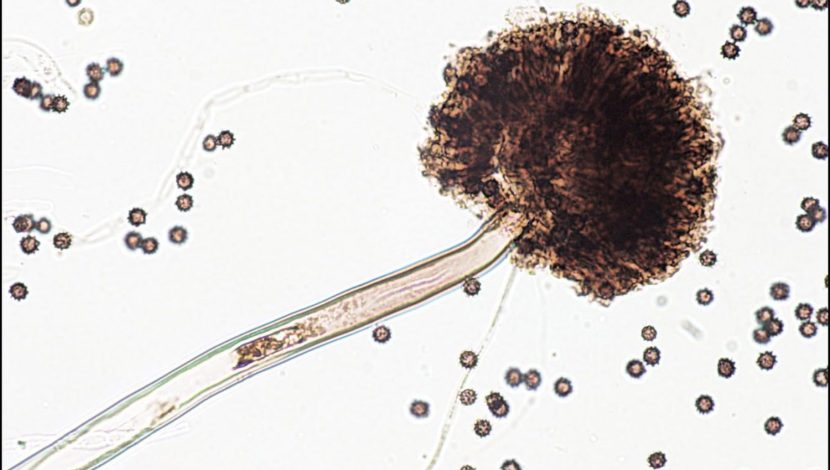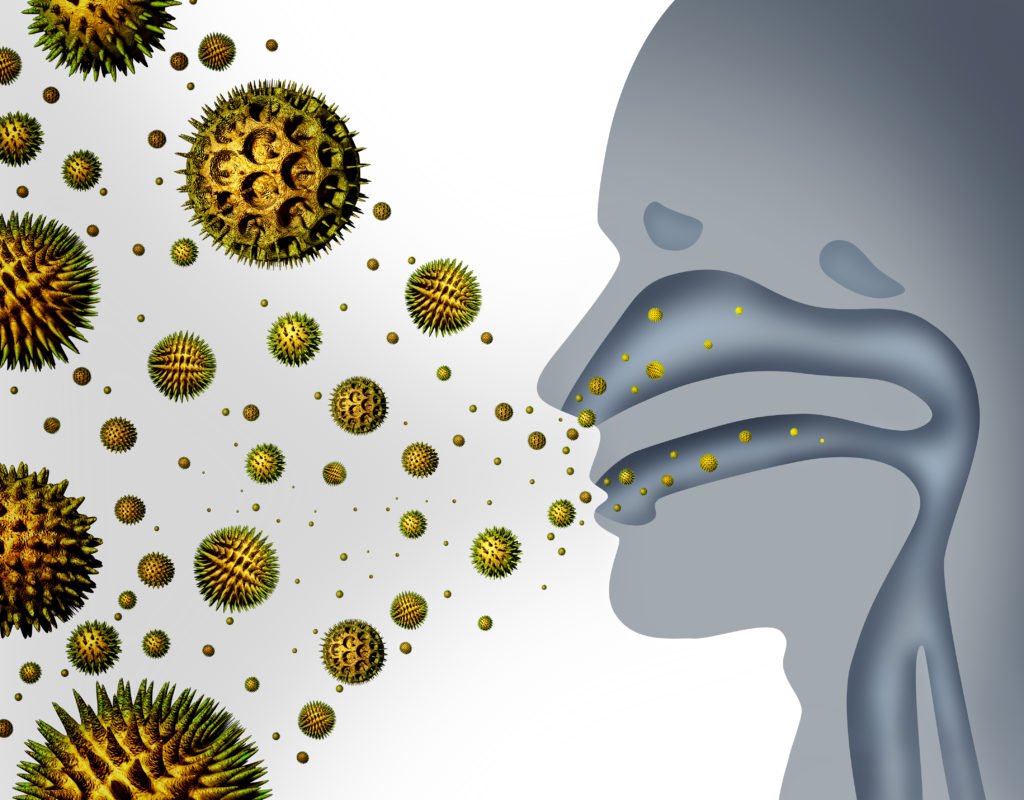Otomycosis = “Oto”(ear) + “mycosis”(fungus). Fungal infection of the ear is frequently diagnosed during the summer and monsoon months, due to the increased humidity in the atmosphere. It is a superficial infection that impacts the canal of one or both the ears.
Recently, after the second wave of COVID-19 a fungal infection of the nose and sinuses – “Black fungus” or “mucormycosis” made national headlines. Since then, mention of any fungal infection in the body causes apprehension in patients. While in most cases otomycosis is not as dangerous as black fungus, one does need to pay attention to its prevention and correct treatment to avoid long term trouble.
Common fungi that cause fungal infection of the ear
Aspergillus and Candida are the most common species that cause fungal infection of the ear in a healthy(immuno-competent) host. These are seen in people living in warm or tropical climates.

Aspergillus is a common mold that’s found everywhere, most readers would recognise this species as the fuzzy green-grey patches on bread. Most of the time this fungus is harmless to the human body, however, in an immunocompromised host it can lead to dangerous life threatening infection.

Candida species is a type of yeast that normally inhabits our skin, mouth, gut in a balance with other commensals. When the immunity gets lowered candida species can overgrow, this condition is known as “Candidiasis”. An overgrowth of candida has an appearance of dirty curdy precipitate, that is difficult to scrape off.
Symptoms of fungal infection of the ear
Common symptoms associated with otomycosis are:
- Hearing loss
- Fullness of the ear
- Itching in the ear
- Pain in the ear
- Ear discharge
Examination will show a collection of epithelial and fungal debris with hyphae with color ranging from white to greyish-green.
Predisposing factors for Otomycosis
- Water entry into the ear
- Irregular and over use of antibiotic ear drops
- Use of Q-tips/earbuds, pins, toothpicks, matchsticks etc. for ear cleaning
- Using vegetable oils/juices as drops in the ear
- Pre-existing wet ear secondary to active chronic otitis media
- Immunocompromised host:
- Uncontrolled diabetes
- HIV-AIDS
- Immunosuppressant drugs
- More recently, ?? post-COVID-19
Treatment of Otomycosis
Correct and timely diagnosis is of utmost importance when treating fungal infection of the ear, as use of over the counter ear drops and topical antibiotic ear drops can further increase the severity of infection. As a rule, treatment of fungal infection of the ear works only after the fungal debris in the ear has been removed by a thorough debridement. After debridement, topical antifungal ear drop/ointment containing Clotrimazole is the first choice, as it is effective against both Aspergillus and Candida sp. Oral/injectable antifungals have a role in a more extensive disease and should be avoided in uncomplicated cases.
Antihistamines are given to control the itching. Treatment should be completed for the prescribed duration because fungal infections have a very high chance of recurrence. All predisposing factors that caused the infection the first time should be addressed to reduce the chances of a recurrence.


